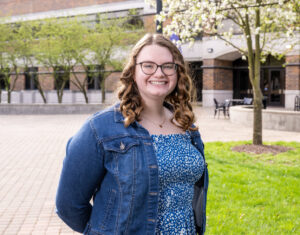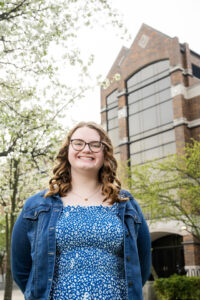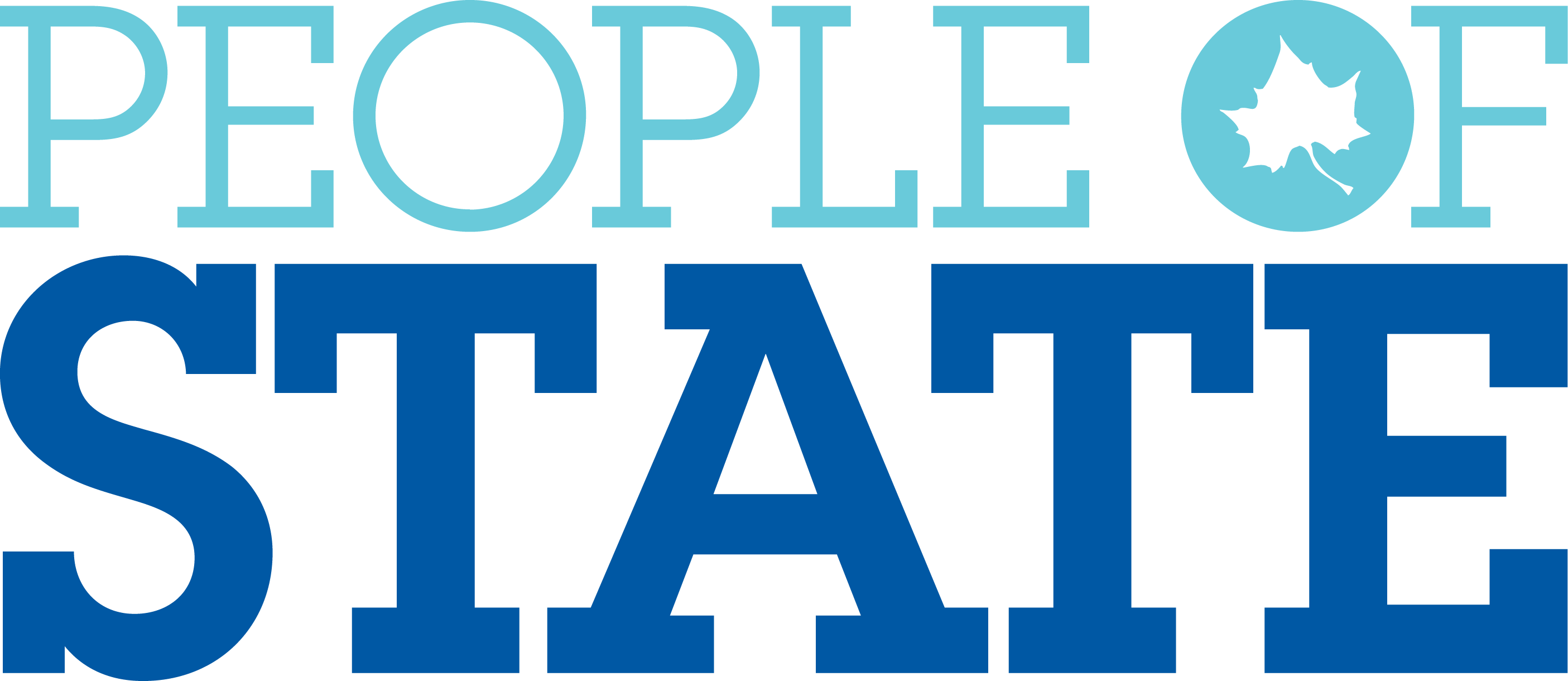
Cara Lawrence
By Kasy Long
Apr 25, 2023
Computer Engineering Technology and Electronics Engineering Technology Major at Indiana State University
Cara Lawrence is a problem solver. While studying linear voltages and direct current [DC] power supplies, the senior computer engineering technology and electronics engineering technology student discovered that engineering is all about deep thinking. This has helped to enrich her interest in engineering much more than she imagined when she first enrolled at Indiana State.
“Engineering means more than innovation and working with your hands. It’s about solving problems with the factors you’re given, testing your ideas, and using logic and critical thinking to come up with successful solutions,” Lawrence says.
Luckily, the Sycamore has had numerous opportunities to experiment inside and outside the classroom. As a double major in computer engineering technology and electronics engineering technology, Lawrence frequently completes projects for her academic programs.
Both engineering technology programs focus on the knowledge, skills, and management experience needed for technical and professional careers in technology. With an emphasis on hands-on learning and laboratory-based experience, students in the Department of Electronics and Computer Engineering Technology study technical principles, with an emphasis in the following areas:
- Circuit analysis
- Computer engineering
- Data communications
- Digital technology
- Electronics
- Industrial processing
- Instrumentation design
- Information technology
For her degrees, Lawrence has worked closely with Associate Professor David Malooley, Ph.D., on engineering design projects. The electronics and computer engineering technology professor instructed her on the skills and concepts needed to succeed at internships and in her future career.
“He taught me what engineers actually use in the field. This experience went beyond classroom instruction. I learned about coding and the skills I’ll need in my job. You get so much hands-on experience at Indiana State,” Lawrence says.

Lawrence was a member of the first graduating class in the Department of Electronics and Computer Engineering Technology to work on a senior project for two full semesters. Her project focused on building a DC power supply from scratch. The DC power supply converts alternating current [AC] circuits from a standard outlet into a stable DC power source. Once completed, this powers a device, module, or component. For the project, Lawrence studied the varying levels of input and output voltage, linear voltage, and power ratings.
“The project gave me real-world experience in building a power source that could be used by people. After working on the project, I know more about what I want to do with my career [in engineering],” Lawrence explains.
The Sycamore’s internship experiences also broadened her perspective on engineering and the opportunities waiting for her after graduation.
During her education, Lawrence interned as a shipping coordinator’s assistant at Buckeye International in Maryland Heights, Missouri, where she used software systems to confirm and prepare paperwork for semi-truck drivers. She also organized safety data sheets for the company’s shipping department.
Later, Lawrence worked as an information technology intern at North American Lighting, Inc., in Paris, Illinois, where she worked on downloading and imaging software on 200 new laptops for employees. In addition, she assisted with daily hardware and software issues within the company’s corporate and production areas.
Finally, last summer, Lawrence worked as a laboratory engineering intern at Aclara Technologies in St. Louis. The company manages data for new technologies in electric, gas, and water utility partners to supply smart infrastructure solutions. Lawrence worked in Aclara’s testing department, where she helped create a better system to operate software and hardware testing for utility meters.
Following graduation in May, Lawrence will continue to work as a test engineer at Aclara.
“The internship helped me figure out my true passion in engineering and the direction of engineering I want to go in. I like test engineering because it allows me to use critical thinking skills to solve problems. I’m testing software that can make positive changes,” Lawrence says.
As she approaches the final weeks of her time as an undergraduate student, Lawrence knows what she will miss most about Indiana State: the community. She previously served as president of the Women in STEM Professions student group to help improve the preparation, retention, and recruitment of women in science, technology, engineering, and mathematics fields. The student group allowed Lawrence to meet friends and like-minded technology and engineering students who are equally passionate about their future careers.

“There’s a community at Indiana State, from the friends I met and the professors who helped me figure out what I can do with my career. They helped me transition from someone who likes engineering and technology to a comfortable, confident professional with the skills to succeed in my field,” says Lawrence.
Discovering one’s passion is important for college students. With internships, research projects, and advice from dedicated faculty, students discover their calling, just as Lawrence found her passion for test engineering.
Now, if there’s a question or a complication, she’ll confidently work to uncover the answer. Because creative problem solvers wear BLUE!

